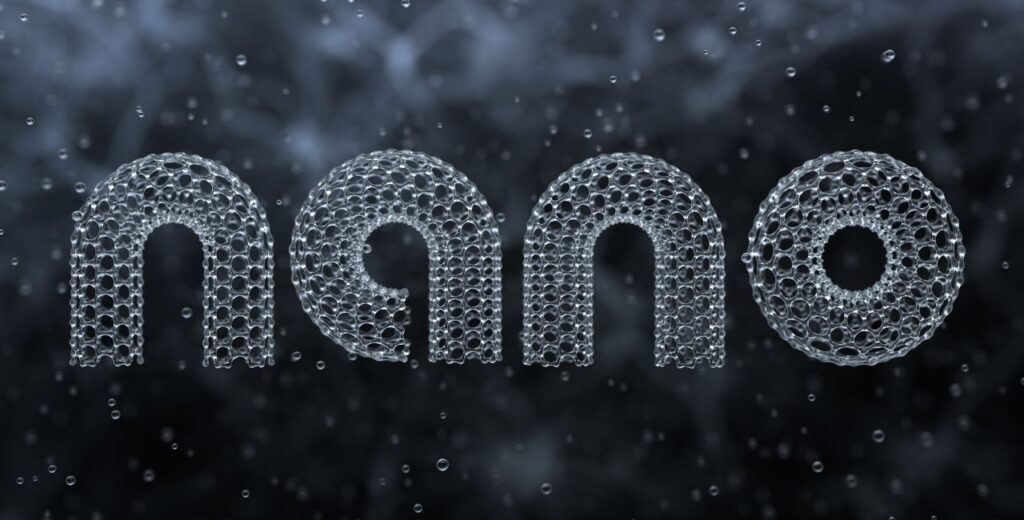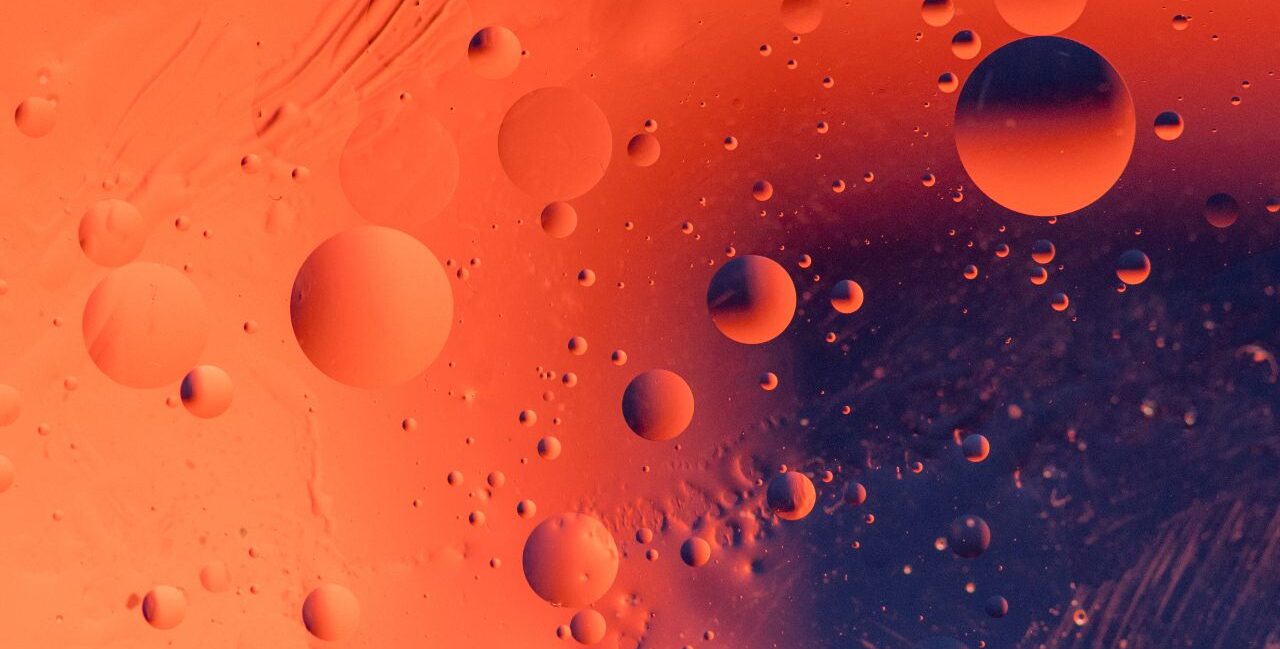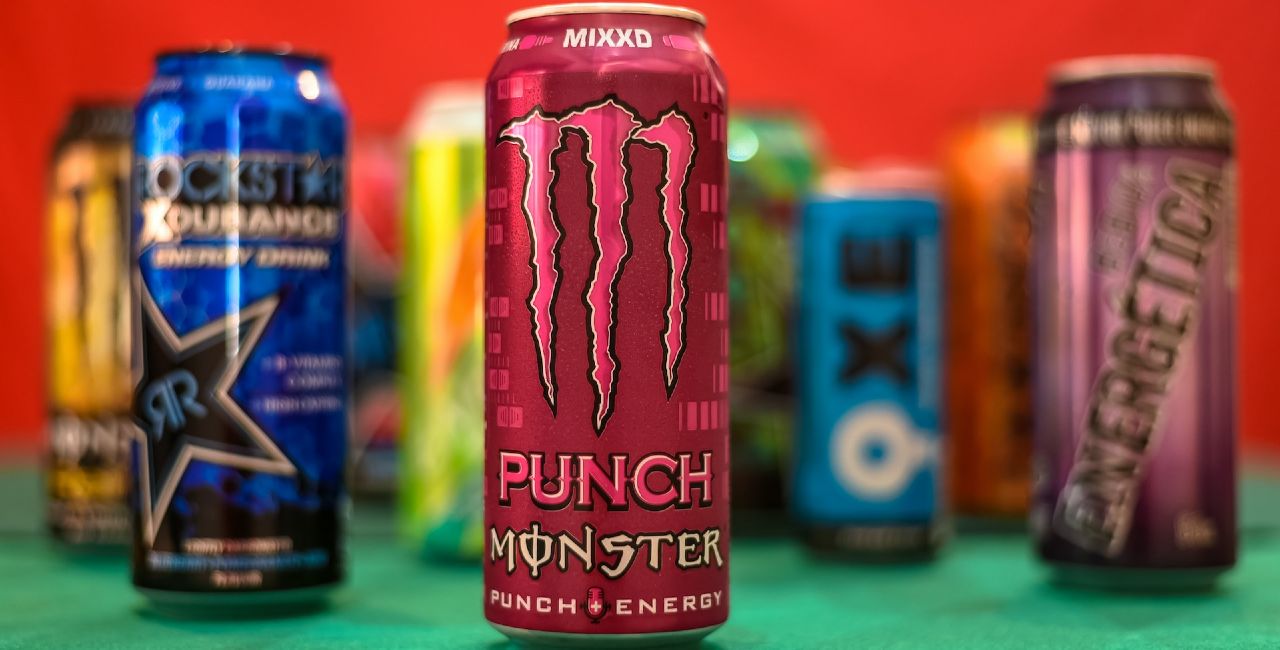If you’re a cannabis consumer, you’ve probably heard the term nano emulsions being thrown around pretty regularly these days. Nano emulsions have been hailed as a breakthrough in the field of drug delivery; specifically, as it pertains to infusing certain consumer packaged goods with cannabinoids. However, recent studies suggest that nano emulsions may not be quite as innovative or effective as they are marketed to be.
What exactly are nano emulsions?

Nano emulsions are ultra-fine droplets of one liquid dispersed in another liquid. They have a droplet size of less than 100 nanometers. The small size of the droplets makes them highly stable. It increases their bioavailability, making them an excellent tool for delivering drugs and other active ingredients.
Nano emulsions work by utilizing the principle of surfactant chemistry. Surfactants are molecules that have both hydrophobic and hydrophilic properties. This characteristic allows them to lower the surface tension between two immiscible liquids, such as oil and water. When the surfactant is added to the oil-water mixture, it forms a layer around the oil droplets, preventing them from coalescing and forming larger droplets. The surfactant layer also stabilizes the droplets and prevents them from settling to the bottom of the mixture.
Nano emulsions are used in a wide range of products, including pharmaceuticals, topicals, foods and beverages. In the pharmaceutical industry, nano emulsions are used to improve the bioavailability of poorly soluble drugs, which are often difficult to deliver through traditional methods. With topicals, they’re used to enhance the absorption of active ingredients into the skin, resulting in a more effective product. In the food and beverage industry, nano emulsions are used to encapsulate sensitive ingredients such as vitamins, nootropics, and cannabinoids – for similar reasons as to why they’re used in pharmaceuticals.
Why are they old’n busted?
Despite their many benefits, some experts believe that nano emulsions are actually derived from old and imperfect technology. This belief stems from their use of surfactants. Surfactants tend to breakdown almost immediately once they’ve been infused into a product. This breakdown creates a negative impact on the efficacy of the product. In some cases, we’ve seen upwards of 30% degradation of the emulsions within the first three months of a product being infused.
Nano emulsions are thermo-dynamically unstable, meaning, the free energy required to separate the oil phases from the water phases is lower than what’s necessary for emulsification. This results in nano emulsions typically breaking down during storage from a range of mechanisms. As only a few examples: gravitational separation (creaming or sedimentation), flocculation, coalescence and Ostwald ripening [1].
Moreover, various chemical and biochemical reactions such as flavor loss, biopolymer hydrolysis, color fading and lipid oxidation can adversely affect nano emulsions. This can cause them to degrade during storage or lose their acceptable quality characteristics. Among the chemical deterioration mentioned above, lipid oxidation occurs most frequently [2].
To address these issues, some researchers have been exploring various other techniques as alternatives to emulsions. One such technique is called co-crystallization.
What is co-crystallization?
Co-crystallization is a process in which two or more molecules are combined to form a stable crystal structure. This technique has been used in the pharmaceutical industry for many years to improve the solubility and bioavailability of drugs.
In recent years, co-crystallization has been applied to the development of new food ingredients, such as encapsulated flavors and nutrients. One of the advantages of co-crystallization is that it does not require the use of surfactants. As previously discussed, can break down and cause stability issues. Additionally, co-crystallization can be used to create crystals that are highly stable and have improved bioavailability.
While co-crystallization is a promising technology, it is still in the early stages of development. There are many challenges to be overcome. One of the biggest challenges is to find suitable crystal-forming agents that are safe for human consumption. They must have the desired properties. Additionally, the co-crystallization process can be complex and expensive, making it difficult to scale up for commercial production.
Luckily, Rexis Biotech has been able to solve for both aforementioned challenges. By using a proprietary co-crystal acquired by Founder & CEO, Keith Bushfield several years ago, in combination with patented SOPs and machinery, the company recently approved its Fused Polymorph Nano Fiber Technology for public release. These FPN Fibers are odorless, tasteless and avoid the degradation pitfalls of nano emulsions. All while increasing bioavailability by nearly five times the capabilities of nano emulsions.
If you’re interested in learning more about this breakthrough technology, we invite you to read this recent press release or review the subsequent information contained on this website.





